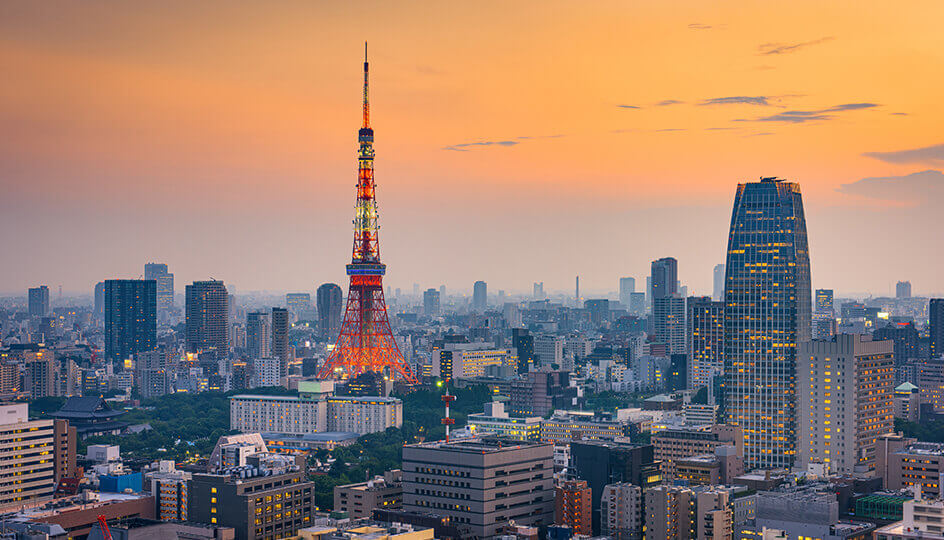Asia–Pacific M&A 2022 outlook: balancing risks and rewards

The Asia–Pacific region saw a deal-making frenzy in 2021, as companies looked to acquire innovative technology and solutions in preparation for a post-pandemic world. There were more than 13,000 merger and acquisition (M&A) transactions in China alone, up 21 percent from a year earlier.
The M&A bonanza has continued into 2022, with a 12 percent year-on-year increase in deal volumes in the first quarter. While this unprecedented level of activity is beginning to cool off, Asia–Pacific is still a hot spot on the global deal-making scene. We take a look at what’s driving the continuing interest in M&A in the region, as well as some of the pitfalls to avoid.
Preparing for post-pandemic growth
Many companies have been spurred by their experience of the pandemic to boost their competitiveness through digital transformation and portfolio diversification. Asia–Pacific companies clearly see M&A as a key route to gaining a competitive advantage. By both exploiting growth areas through acquisition, and offloading underperforming parts of their portfolios, companies are using M&A to shape their business for future growth.
Other drivers behind the high levels of deal-making in the region include:
- access to low-cost capital
- national policy changes aimed at transforming local economies and meeting climate change targets
- greater commitment from companies to environmental, social and governance (ESG) initiatives for cleaner and greener investments
- companies looking to secure their supply chains.
The most active M&A sector in the region is tech – as with the rest of the world – followed by pharma–biotech and renewable energy. The only significant exceptions to this are in China, where there are significant deal volumes in the industrial sector in response to the industrial upgrade policy from central government, and in Australia, where there is high interest in metals and mining as they are big economic contributors.
Who’s making the deals?
The vast majority of our corporate clients in the Asia–Pacific region are involved in some form of M&A activity – including mergers, acquisitions, divestments and carve-outs. However, we are also seeing growing interest from private equity (PE) funds in increasing their investments in the region.
Despite the high initial interest in special purpose acquisition companies (SPACs), they haven’t lived up to expectations in the region, with the exception of Hong Kong and, to a lesser extent, Singapore.
We are witnessing high levels of cross-border deal-making activity, with South-east Asia being especially attractive to investors from outside the region. For example, Australia is receiving higher capital inflows from the USA than from China. By contrast, we are seeing increasing domestic M&A activity within China itself.
Deal-making risks
Among the biggest causes of deal failure over recent years is tighter scrutiny from regulators, with a growing number of competition or antitrust reviews taking place. The abandonment of NVIDIA’s US$40 billion acquisition of Arm from Softbank in February 2022 is just one high-profile example of this. It’s worth noting, however, that the regulatory environment around M&A is less restrictive in Asia–Pacific than in the USA or the EU.
The pandemic has also emphasised pre-existing geopolitical challenges, including trade tensions and rising protectionism among certain countries. Global competition for certain goods and resources has also intensified as a result of supply chain issues brought about by both the pandemic and the conflict in Ukraine.
The Asia–Pacific region is also far from homogenous. There is a huge variation in local rules and regulations, language requirements and cultural norms between countries in the region.
One notable challenge with doing deals in Asia–Pacific is the speed with which they are expected to be completed. There is a strong appetite to move faster than competitors, and timeframes are continuing to compress in our experience.
Such challenges make it all the more important for companies to engage a strong integration partner with in-depth local market knowledge as early as possible in the process. The sooner you can tackle complexities like entity establishment, local banking, accounting and tax registrations and the integration or establishment of in-country back-office functions, the more likely deals are to succeed … and meet ever-stricter compliance needs.
Talk to us
TMF Group can help smooth the path to successful M&A deals.
At speed, we can put together a team of experts from a pool of 9,100 professionals, on the ground wherever you need them, thanks to our network of more than 120 TMF Group offices, covering 85 jurisdictions.
To find out more about how we can help you, make an enquiry.





